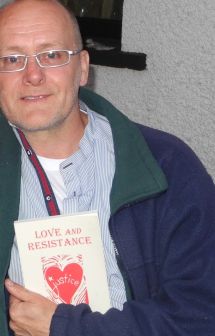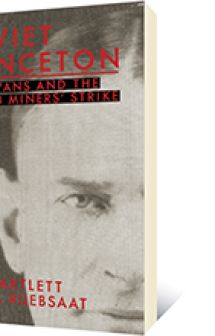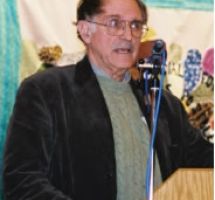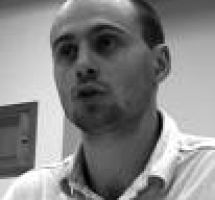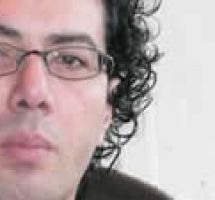“The Soil is ours to make or mar,
and we should aim to leave it
when the time comes for us to pass it on,
in as good or better condition
than when it first came under our hand.”
Seager Wheeler, famous Canadian farmer, 1919
see www.seagerwheelerfarm.org“Topsoil is more vital to human survival than almost any other resource, for without topsoil we cannot feed ourselves.”
Michael S. Northcott, quoted in book’s introduction.
When the author was contacted by an irate small town mayor who claimed toxic elements in fertilizers were poisoning the land, he says he it was “unbelievable.” So the investigative reporter from Seattle went to meet the mayor of a Washington town, Quincy. The mayor, a housewife and mother, a conservative daughter of the military, was not the usual environmental activist. She had become mayor because people liked the recycling project she started – maybe her experience there have her an inkling of why local farmers were having poor harvests and their animals were getting sick.
Quincy is home to Cenex/Lands of Lake processing company which Mayor Patty Martin claimed was disposing of hazardous wastes by putting them into fertilizers and selling them to farmers. This became a story with global implications.
A long and ugly battle followed which Wilson chronicles in the book as he investigated citizens, farmers, corporations and the government. It is expensive to store, ship and dispose of toxic waste, including heavy metals like arsenic and cadmium and chemicals like dioxin, as many companies, including the giant Monsanto, have learned. So as Martin says, “they call a dangerous waste a product, and It´s no longer a dangerous waste. It’s a fertilizer. …It is recycling gone amok.”
Wilson conducted his investigation for several years, he writes a good story well with personal observations, interspersed with his legal and scientific research, all documented, as he tells the events and results when a few people, the mayor and some farmers, stood up against corporate polluters.
He found, unbelievably, that recycling heavy metals into fertilizer was legal in the USA. Lead-laden waste from pulp mills and even low-grade radioactive waste was sold as fertilizer. It seems that even “organic” fertilizers like mineral additives and fish fertilizer may be contaminated. And what about other countries? Does Canada which imports so much from the USA (and it seems, exports toxic waste to fertilizer companies) have any regulations or testing of fertilizers? He reports some results; bans on phosphate sales in Canada and Washington State because of Cadmium; 56 stop-orders were issued by Washington including one against Siemans AG of Germany for selling nuclear fuel waste as fertilizer! More has changed and we can hope, more is and will change. But it requires citizen vigilance; we can thank Patty Martin for her courageous initial efforts.
The author concludes with emphasizing the “precautionary principle” of being safe, not sorry, when there are any doubts, the onus is on companies to prove their product is not harmful. He also says his values as a reporter begin with “the right to know”. We all have the right to know what any manufactured or processed product contains.
And his last words are a call to us all. “This was a small town story, but in one way or another, we all live in small towns on a small planet.”

 Follow
Follow

